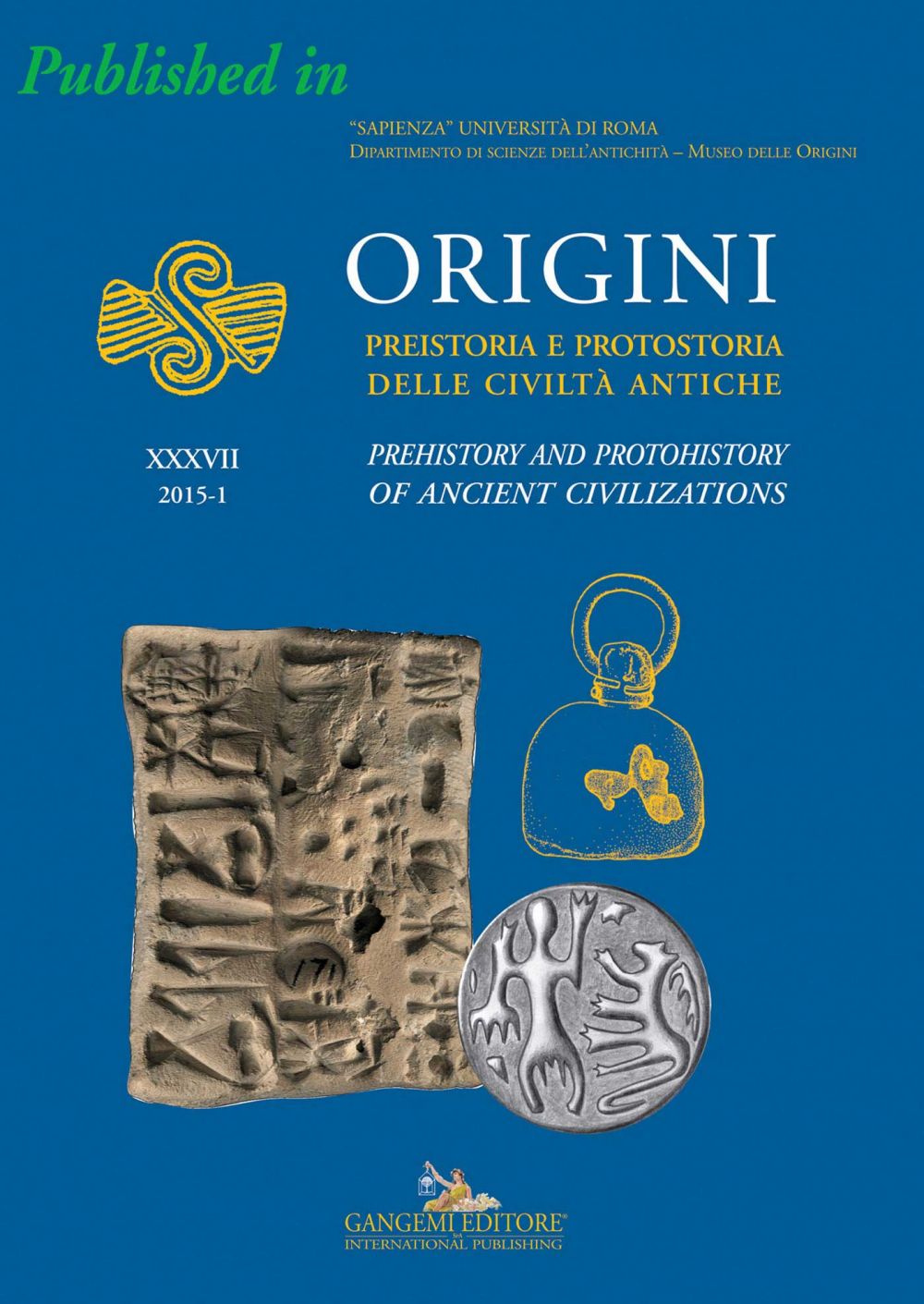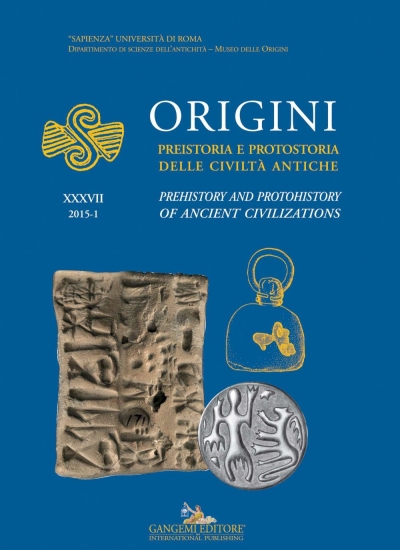Description
There is a general relationship between “importance” and “food rank”. This relation is isotonous: the higher the importance, the higher the food rank. Importance can be related to people (individuals or groups), i.e. their social status or position in a hierarchy, or to the occasion. Food rank manifests itself in the quality and selection of foodstuffs as well as in the amounts of food served to or by somebody. In the following short essay, I mainly focus on the recent administrative evidence from the Ur III sites of Garšana and Iri-Saĝrig1 which provides, in many regards for the first time, detailed written evidence for this fact as well as concrete examples of the implementation of the food ranking itself. The uniqueness of this material lies, among other things, in the unusually detailed and explicit information as to the circumstances and reasons for the recorded administrative transactions. It turns out, however, that the foodstuffs and food practices that can be deduced from the Garšana material are representative for all of Ur III Sumer (Brunke 2011a; 2011b). And though there will have been major changes in detail over time, it is not unlikely that some of the principal elements can be extrapolated backwards even as far as to the Uruk period.




